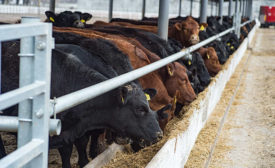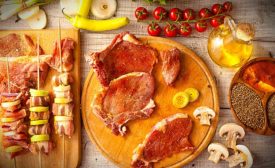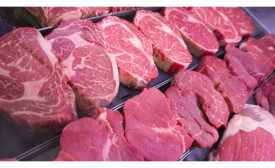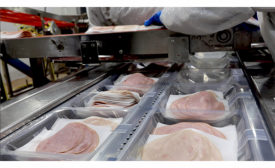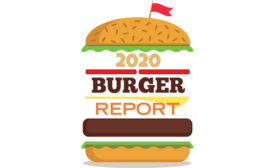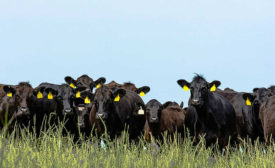ARTICLES
Tech | Processing
A multi-hurdle approach to pre-harvest interventions can be uniquely designed to meet each operation’s needs.
Read More
Tech | Ingredients
Infused flavor
Strong flavor, clean labels and improved nutritional components are key to marinades.
Read More
Special Report | Portion Control Trends
Trimming the fat: pre-portioned meats offer ease and convenience
Read MoreTech | Packaging
Meat and poultry labels: under review
FSIS is evaluating and proposing changes to meat and poultry labels.
Read More
Special Report
2020 Burger Report: The lovefest continues
Burgers continue to innovate with new formats, flavors and patties.
Read More
Food Safety
Sanitary design in meat and poultry facilities
Designed right: Automation and easy-to-clean equipment are key components to sanitary design.
Read More
Tech | Processing
Adding clean, even flavor
New technologies are improving marinades and injections.
Read More
Tech | Food Safety
Designed Right: Automation and easy-to-clean equipment
Key components to sanitary design
Read More
Processing Tech
De-stressing slaughter
Low-stress handling is key to humane slaughter and stunning practices.
Read More
Stay ahead of the curve. Unlock a dose of cutting-edge insights.
Receive our premium content directly to your inbox.
SIGN-UP TODAYCopyright ©2024. All Rights Reserved BNP Media.
Design, CMS, Hosting & Web Development :: ePublishing

